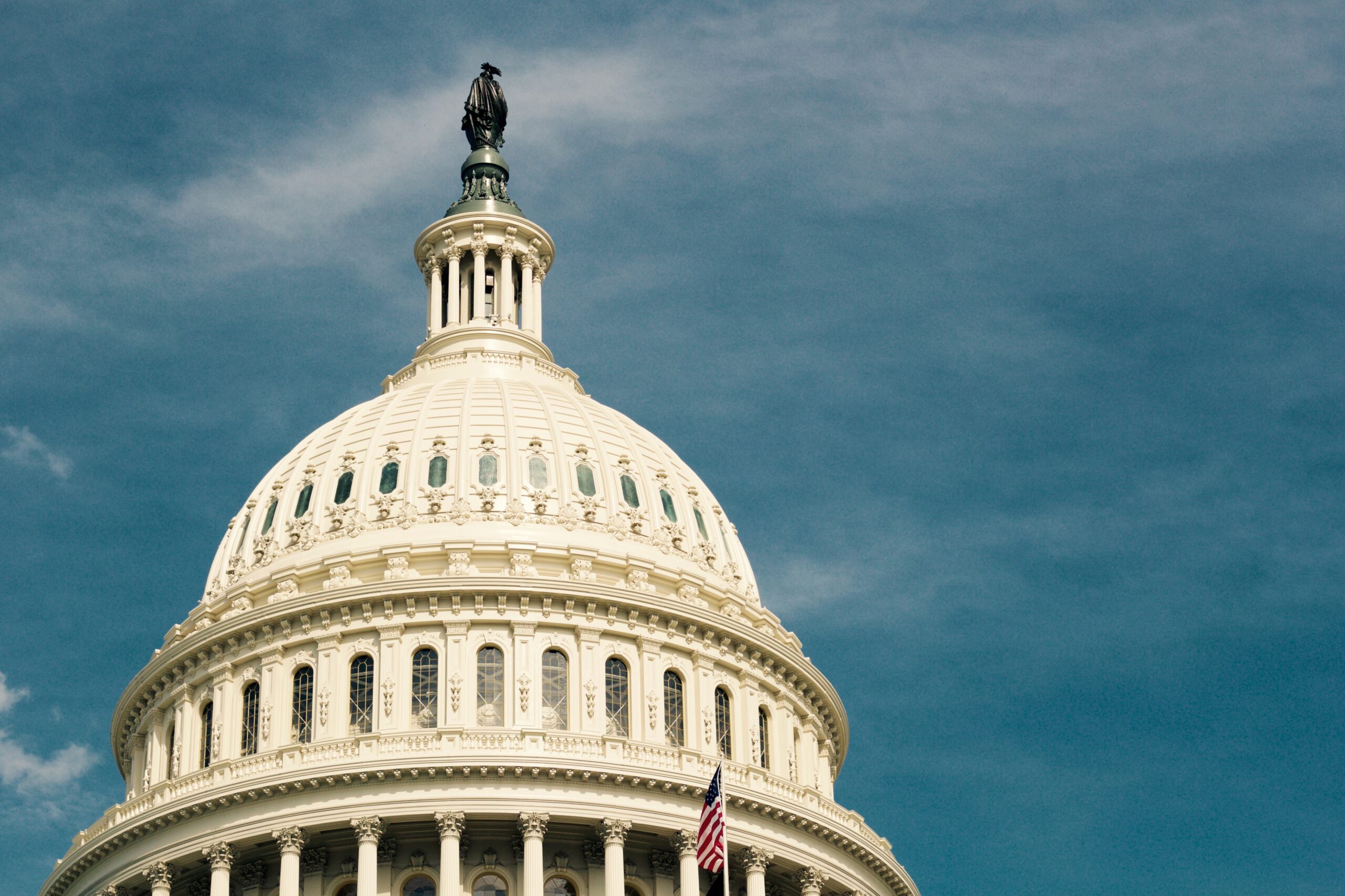This post will give you a little outlook to what the first steps of the hydropower permitting process look like. As you know from previous posts, we filed a letter of intent with FERC, the Federal Energy Regulatory Commission, and FERC found the Annandale Project to required to be licensed – back in June 2017.
FERC is an independent agency that regulates the interstate transmission of electricity, natural gas, and oil. FERC also reviews proposals to build liquefied natural gas terminals and interstate natural gas pipelines, as well as licensing hydropower projects – which is why FERC has to be involved in the permitting process. If FERC finds that a project has no requirement for licensing, construction and operation of the project will not need a permit by FERC, but instead has to follow all local and state rules and legislation. This involves town building permits, as well as environmental permits from the state Department of Environmental Conservation (DEC) and the Army Corps of Engineers (USACE).

Click here to expand the diagram. Image courtesy of Current Hydro.
Pursuant to section 23(b)(1) of the Federal Power Act (FPA), 16 U.S.C. § 817(1) (2012), a non-federal hydroelectric project must be licensed (unless it has a still-valid pre-1920 federal permit) if it:
- is located on a navigable water of the United States;
- occupies lands or reservations of the United States;
- utilizes surplus water or waterpower from a government dam; or
- is located on a stream over which Congress has Commerce Clause jurisdiction, is constructed or modified on or after August 26, 1935, and affects the interests of interstate or foreign commerce.
As FERC regulates interstate transmission of electricity, and as grid-connected hydropower facilities physically affect interstate (electricity) commerce, basically every grid-connected hydropower project will be regulated by FERC – as will the Annandale Project.
Instead of applying for a “standard” hydropower license, FERC offers an “exemption from licensing” for small hydropower projects of 10 MW (10,000 kW installed power) or less that will be built at an existing dam, or utilize a natural water feature for head. Getting an exemption can be a more simplified process than applying for a license. Exemptions are issued in perpetuity.
Before applying for a small hydropower exemption, the FERC process calls for an “Initial Consultation” with stakeholders. All relevant federal and state agencies, Native American tribes, non-governmental organizations, and interested parties of the proposal need to be identified. Consultation provides the agencies and the public with an opportunity to voice any concerns or request any studies that may be relevant to the proposed project. Stakeholders have 60 days from the date of the applicant’s joint meeting to submit comments and study requests to the applicant.
Depending on a project’s scope and complexity, further information needs to be gathered, before a small hydro exemption application for the can be filed with FERC. Copies of the application, including all additional information requests, project maps and drawings and written correspondence need to also be sent to the relevant stakeholders.
From thereon next steps in the permitting process are to:
- Identify all relevant stakeholders;
- Produce and sent out Initial Consultation Document;
- Hold public consultation meeting and site visit; and
- Await comments, reviews and information requests from stakeholders.
Finally the FERC application can be prepared. It can be advisable to have experts help you to guide you through that process, as preparing the application involves knowledge of the technical, ecological and legal aspects of the project as well as experience in following FERC regulation.


No responses yet